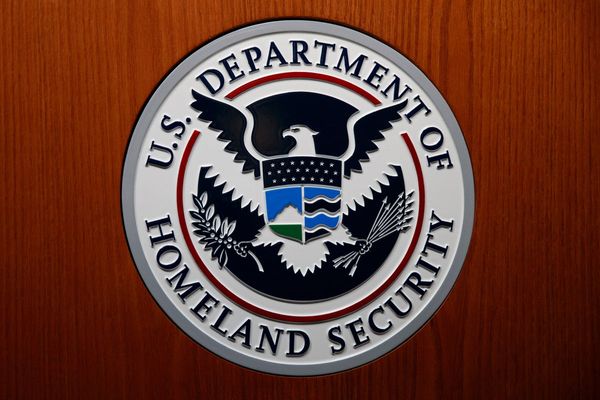
A concerted blitz has eradicated acid-spitting yellow crazy ants from two large sites in Queensland but the war against the invader is far from won.
The yellow crazy ant is among the world's worst invasive species and has taken hold in the Wet Tropics between Townsville and Cooktown.
It poses a major threat to biodiversity in the World Heritage area.
Named for their erratic, "crazy" movements when disturbed, the ants can form huge super-colonies containing thousands of queens, and worker ant densities can reach up to 20 million per hectare.
They kill native animals by squirting formic acid into their eyes, blinding them and leaving them to starve to death.
The ants also feed on sucking insects which disrupts ecosystem health, and their presence can make residential yards unusable.
An eradication program funded by the federal and state governments is working to keep them out of the most sensitive areas.
After years of long-term treatment and intensive surveys, 48 hectares at Mount Peter and Wrights Creek south of Cairns, have been declared free of the pest.
"It takes a lot of time, resources and cooperation from the community before we can confidently declare a site as yellow crazy ant-free," says eradication program manager Lucy Karger.
In the case of the latest sites that has included periodic surveillance by highly trained odour detection dogs.
The federal and state governments recently committed another $24 million to the program, and the Invasive Species Council says Australia has shown it can be a world leader in dealing with exotic pests.
But spokesperson Reece Pianta says the war against yellow crazy ants and the equally destructive red fire ant, which is spreading in southeast Queensland, won't be won without long-term funding for detection, suppression and eradication efforts.
"For both yellow crazy ants and fire ants, we have the tools and teams to get the job done, but delay, underfunding or wavering government commitment will lead to failure," he says.
"If these super pests are allowed to spread they will devastate our wildlife, impose huge costs on agriculture and tourism and threaten Australia's outdoor lifestyle."
If Australians want to grasp the scale of destruction crazy ants can unleash, they need look no further than the Australian territory of Christmas Island.
The island's endemic red crabs - famous the world over for their mass migration from the forested interior to the coast to reproduce - suffered terribly after the invader moved in.
Crazy ants were first detected on the island in the 1920s but it wasn't until the first super colonies formed in the late 1980s that they became a problem, with the ants killing countless millions of crabs.
Thankfully, there are fewer ants these days and the crabs have made a comeback after scientists deployed a micro-wasp to prey on an insect that historically provided the ants with an abundant food source.
Much work was done to ensure the biological control agent would not have unintended impacts on the island's ecosystem.
Introducing the same agent to the Australian mainland would be a far more complex proposition.







